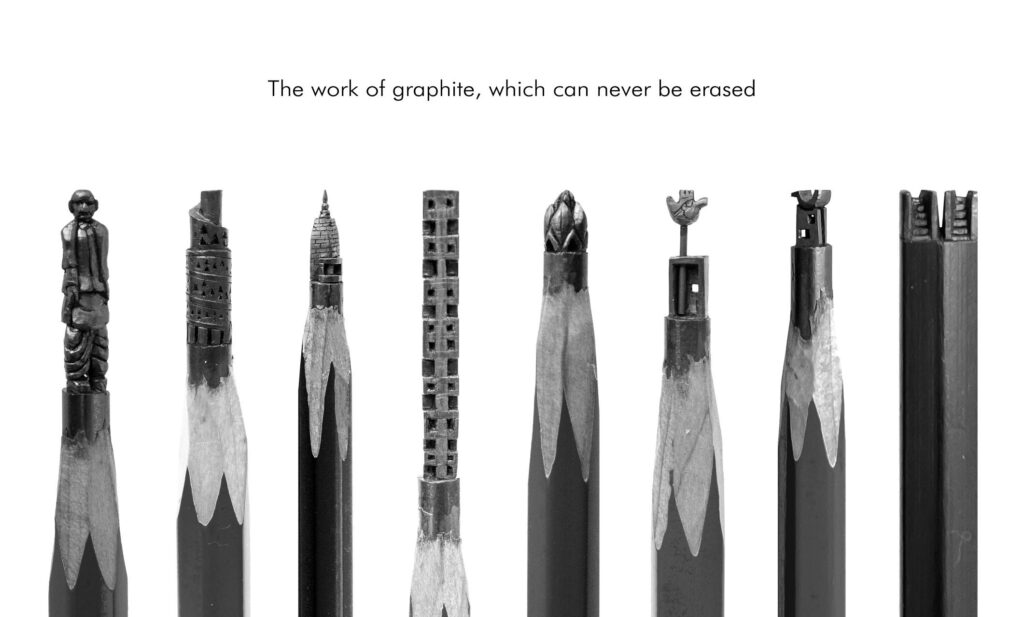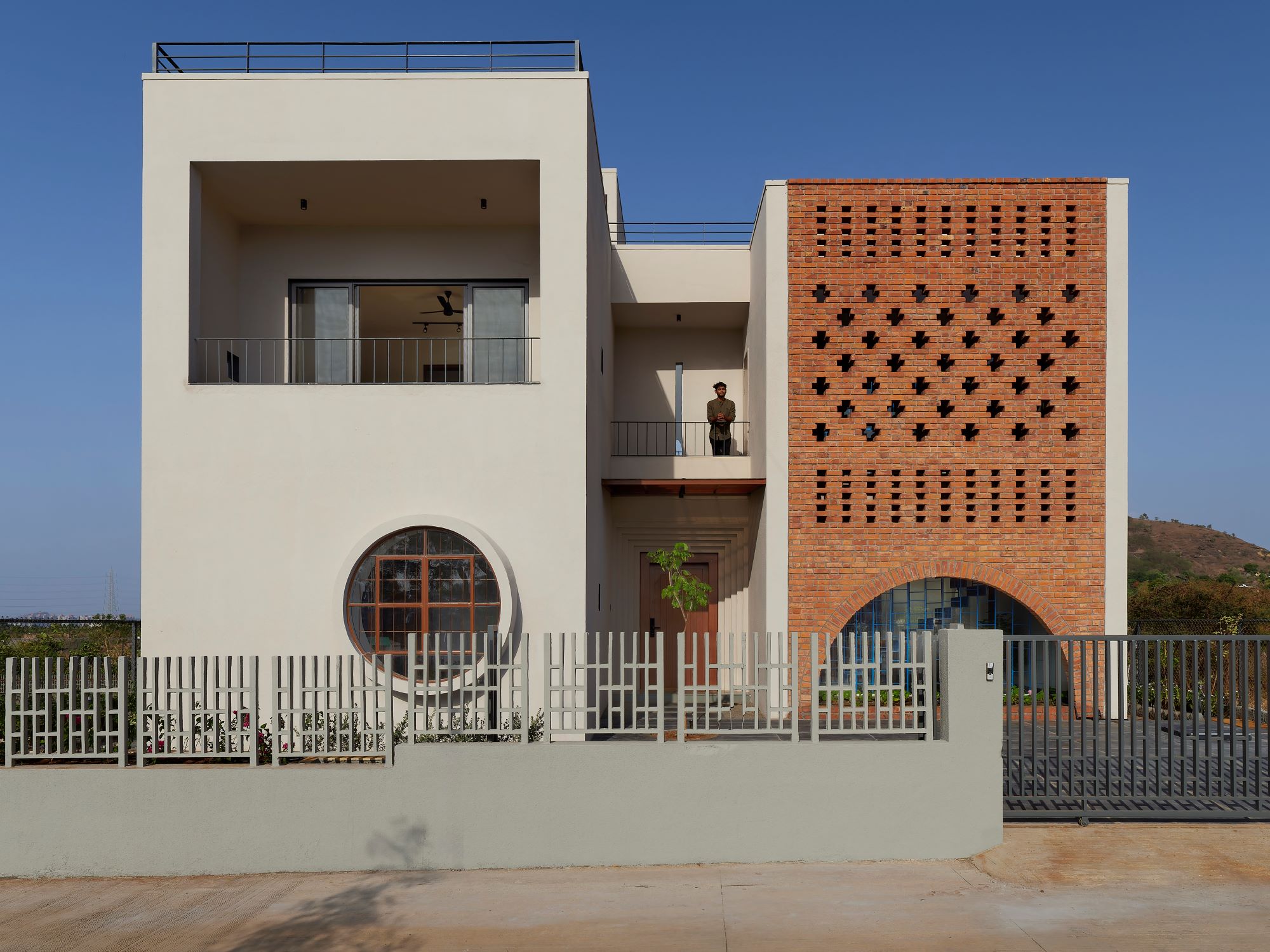Imagine walking down the streets of a bustling city, only to realize that the vibrant surroundings you once knew have been replaced by dull and monotonous cityscapes. This realization hit me hard, coming from someone who grew up surrounded by the rich history of Old Delhi. It led me to question if we are settling for a world devoid of beauty, sacrificing the richness of life for the sake of practicality.
As I delved deeper into this thought, I became fascinated with architecture and eventually pursued my undergraduate studies in the field. I discovered that the difference between “good” and “great” often lies in the details, emphasizing the idea that even the most mundane objects deserve a fresh perspective to rediscover their inherent beauty.
Extensive exploration and documentation of diverse regions and cultures—from the artistic community design of Auroville to the sustainable building methods in Meghalaya (Asia’s cleanest village) and the colourful details in Udaipur—fueled my creativity. On the other hand, my search for beauty through mundane objects brought pencil into the context of symbolizing transformation. Traditionally viewed as a tool for creating art, the question arose: what if the pencil itself became art?
This question was the beginning of Pencil Lead Carving, a form of miniature art where intricate sculptures are carved from graphite itself—a simple desire to add detail and transform the ordinary into something extraordinary. I believe that engaging in any art form, be it singing, dancing, pottery, or building, becomes a meditative practice, and serves as a conduit for unlocking latent magic. In this monotonous world, exploring the art form of pencil lead carving has allowed the vision to bring back the richness of detail. This has led to the showcasing of the transformative potential of a simple pencil as an object of beauty and art.
Pencil Lead Carving became one such example of miniature art to highlight the beauty in detail. For me, holding a pencil with respect and a calm mind connected to its essence before even beginning to carve is essential. Each pencil holds a story within it, a nostalgic memory waiting to be unearthed. By carving it, that special moment is relived and immortalized.
As Michelangelo said, “I found my angels in the marble, and I carved until I set them free,” the discovery was made within the pencil for me. Pencil Lead Carving has allowed me to unleash my creativity and connect with the magic of art. It’s time to embark on this journey together, celebrating the art of detail, and building a world where every creation tells a story and captivates the soul.
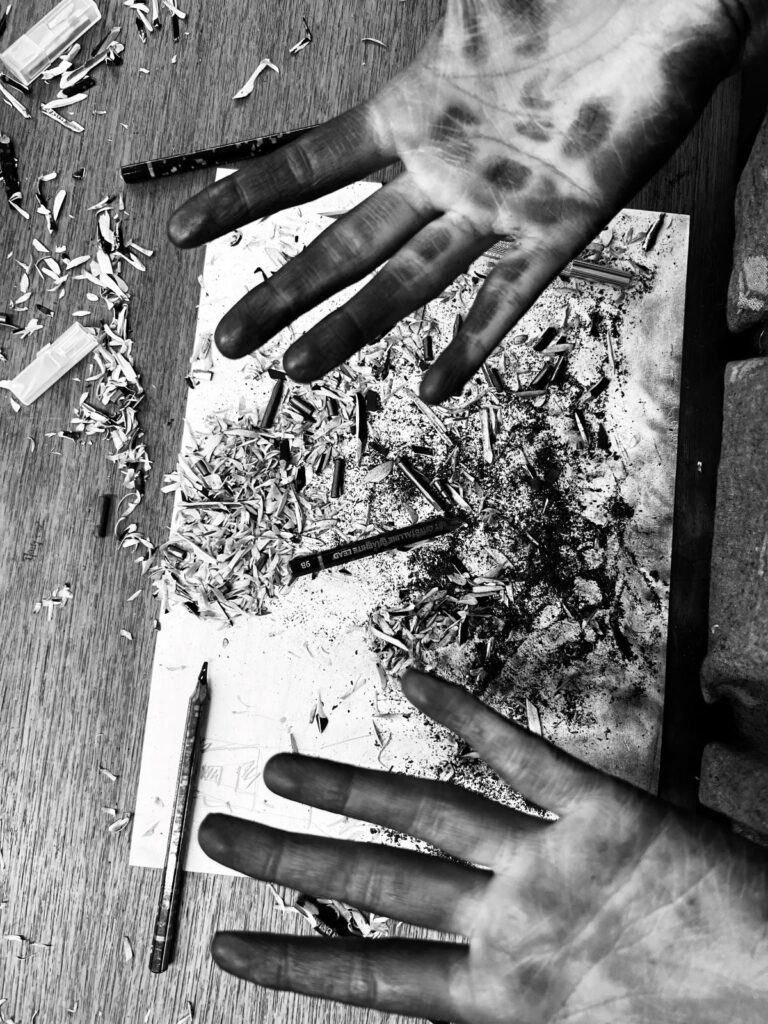
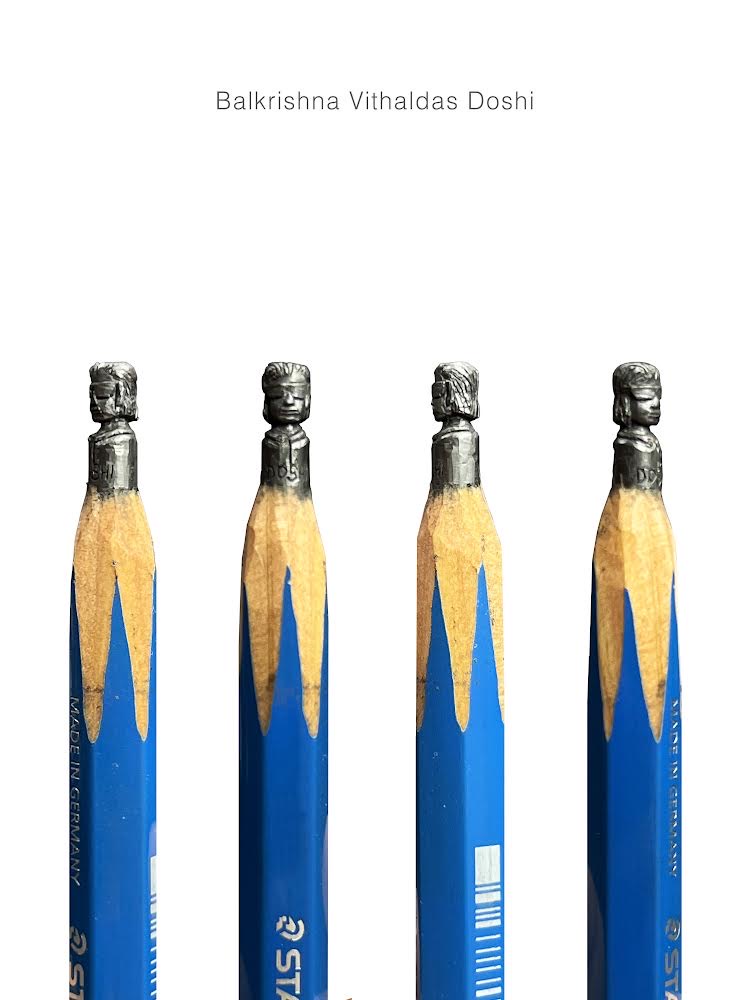
List of Artwork (from the India Art, Architecture, and Design Biennale ’23 collection):
“Casting the timeless architecture of worship”
This depiction of the Shiv Temple, Wadeshwa, by Sameep Padora and Associates, bridges time with elegant abstraction. Depicting historical forms in a contemporary light, it symbolizes 20th-century peace. Carved on pencil graphite, the miniature masterpiece breathes life into India’s rich history, elegantly blending past and present, offering a poignant exploration of cultural narratives in a compact canvas.
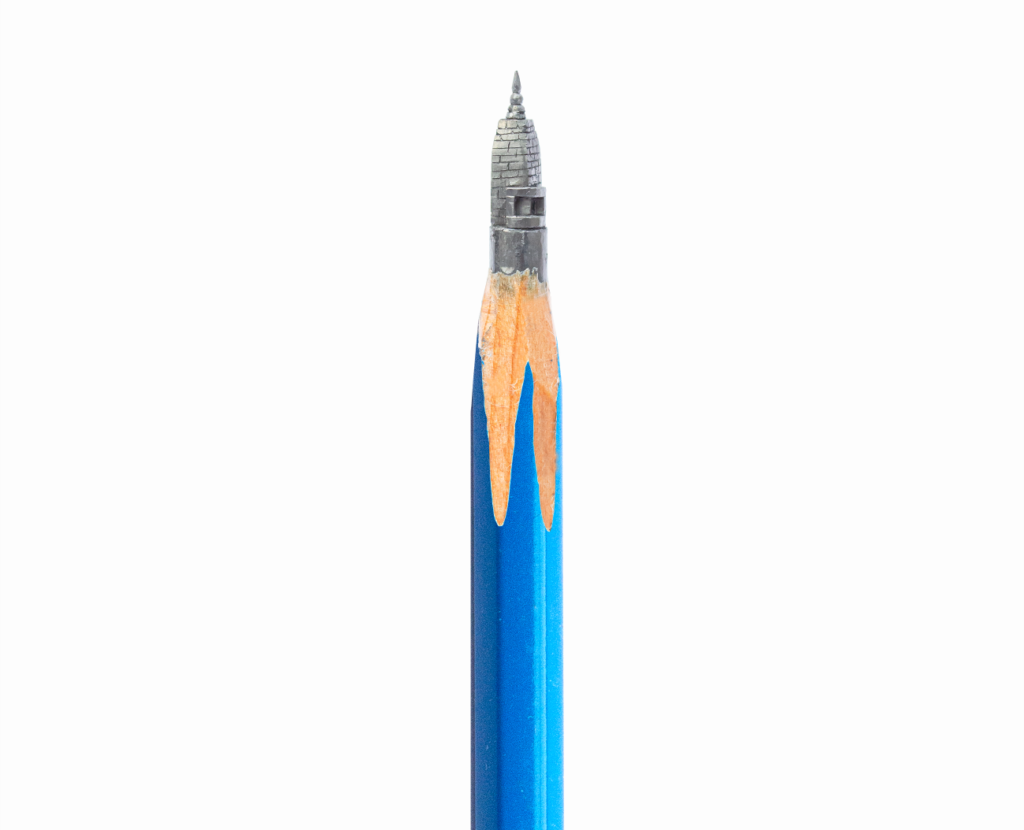
“Expression of the Iron Man in Graphite”
The carving reimagines the 182-meter monument dedicated to Sardar Vallabhbhai Patel, the architect of independent India, as the world’s tiniest statue is an endeavour in microcosmic artistry. This miniature rendition pays homage to Patel’s role as the Iron Man of India, symbolizing his intricate bond that united the diverse threads of the nation. In this diminutive masterpiece, every detail serves as a testament to the colossal impact of an individual on the grand canvas of a nation’s history.
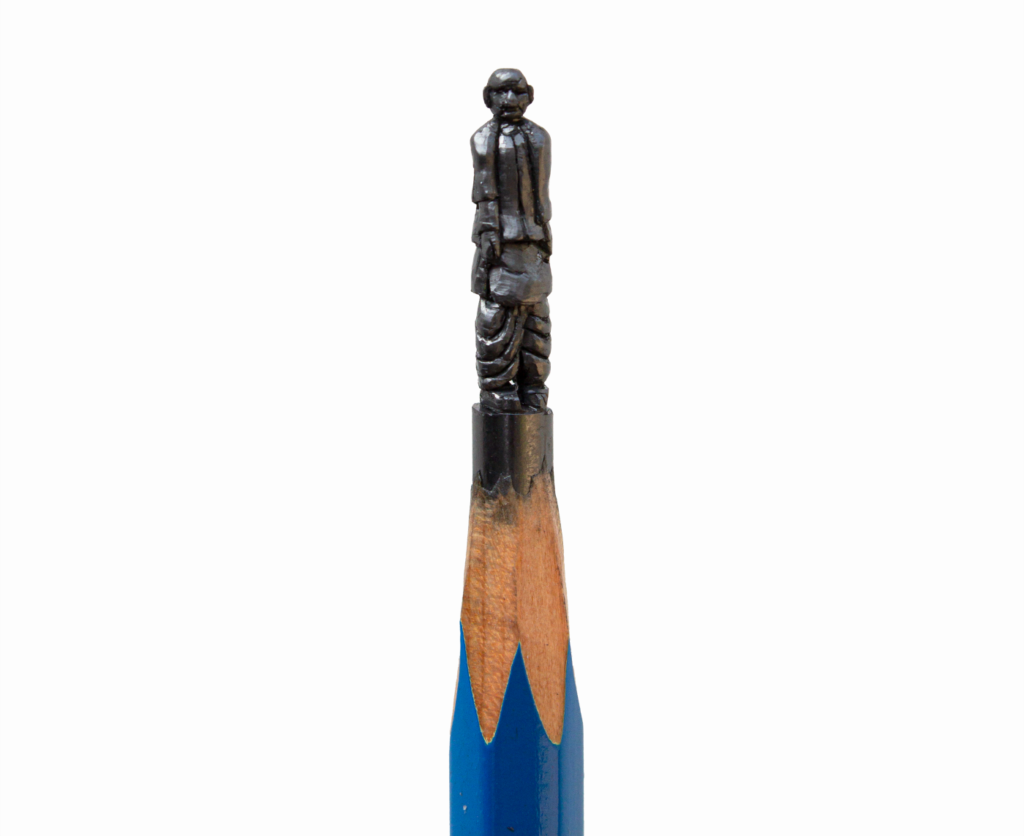
“Carved Urban Treasure House of Today”
The Kanchanjunga Apartments emerged as a direct response to contemporary culture, escalating urbanization, and the climatic conditions of the region. Recreating this architectural marvel on a pencil’s graphite canvas illuminates the beauty found in the intricate details of the building itself. In this miniature rendition, one can appreciate the thoughtful design elements that harmonize with the past while embracing the demands of the present.

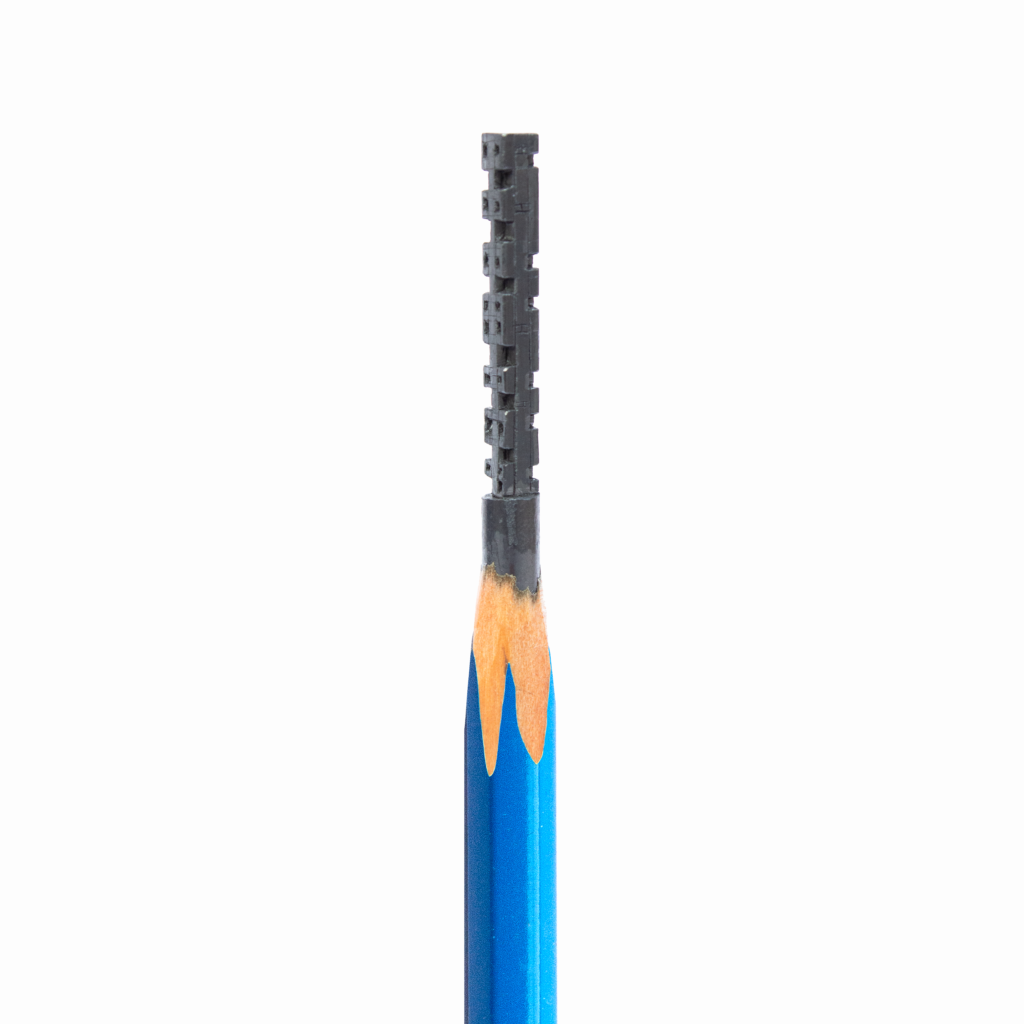
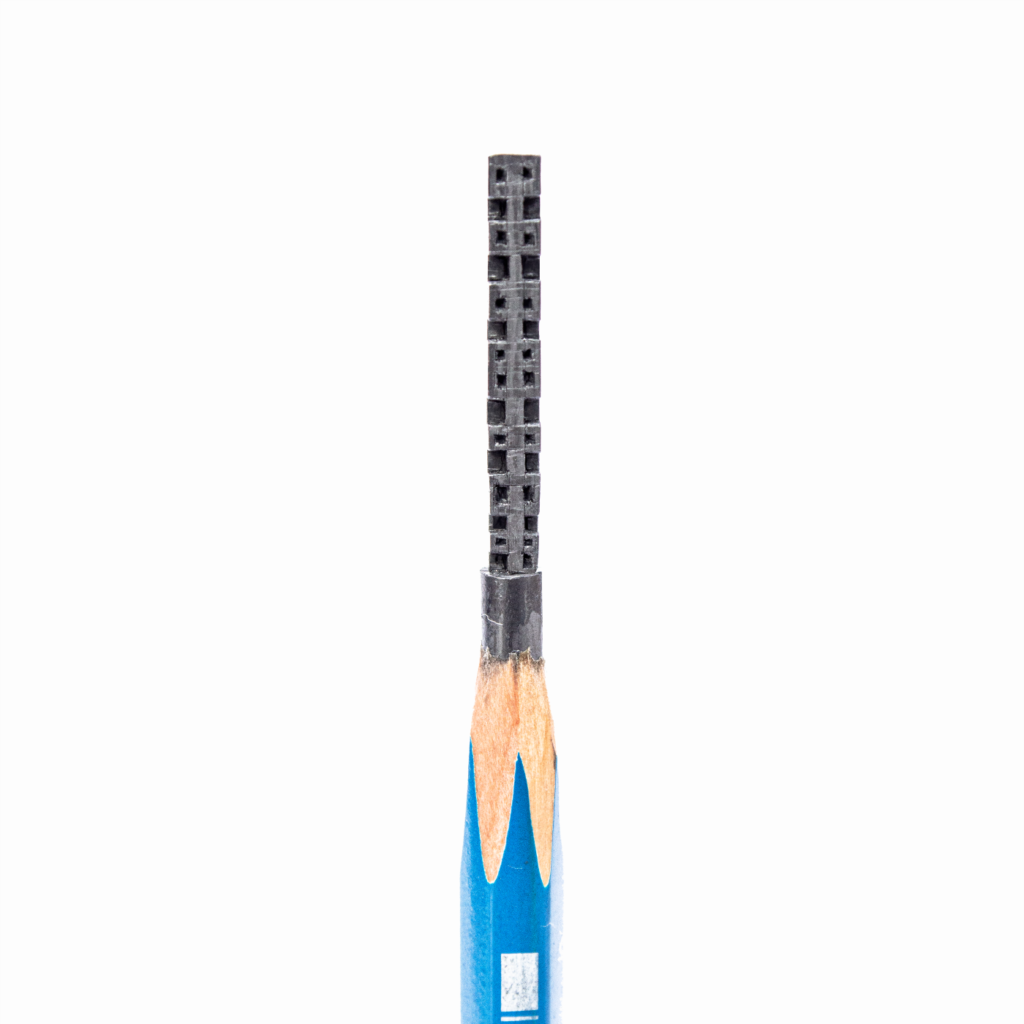
“Handmade Open Hand“
The Open Hand (La Main Ouverte) in Chandigarh, a recurring theme in Le Corbusier’s architecture, symbolizes peace and reconciliation, open to give and open to receive. Carving this symbol on pencil graphite transforms it from a monumental scale to a miniature one, a magical reinterpretation that invites contemplation on the enduring themes of peace and prosperity.
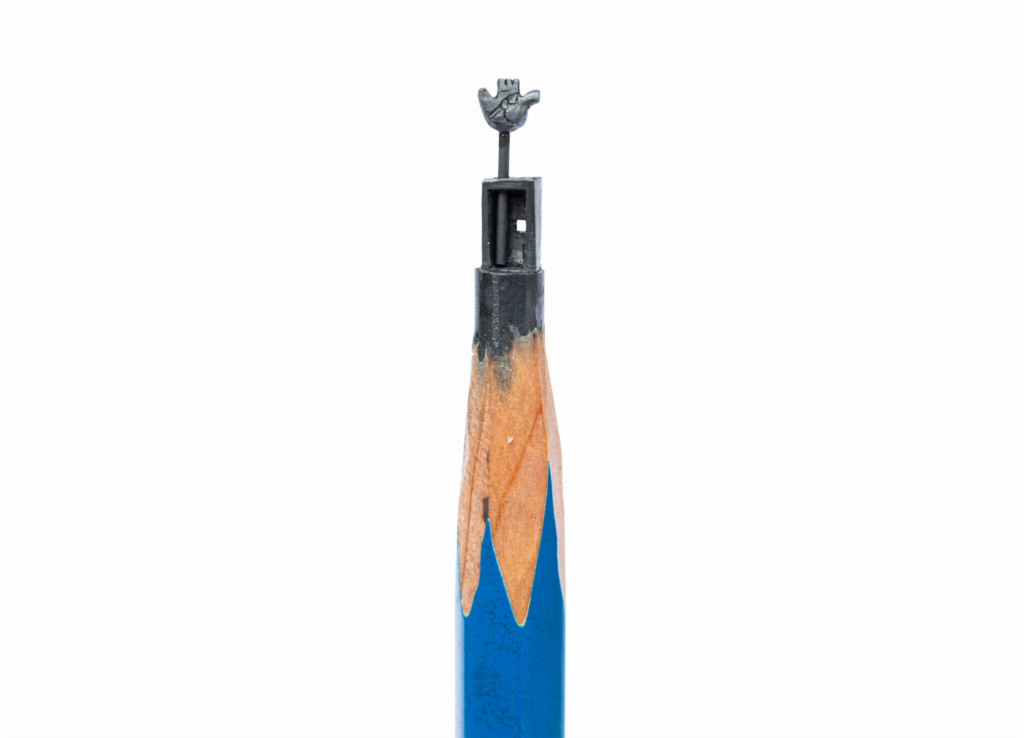
“Urge of an Architect’s Pencil TO BE”
Lotus Temple is an embodiment of philosophical concepts intricately woven into distinctive architectural designs. This representation, expressed with exquisite formalism, departs from the conventional white marble-clad leaves. Instead, it emerges as a breathtaking carving on pencil graphite, enhancing the beauty of detailing in a distinctive and captivating manner.

“Molding Art with Architecture”
Reflecting on the Capitol Complex in Chandigarh, once a dominant post-independent symbol representing National or State Identities, this exploration aims to extract artistic elements from its formidable structure. The intent is to redefine and represent the empowering aspects of scale and materials, offering a fresh perspective on the intersection of architecture and art.
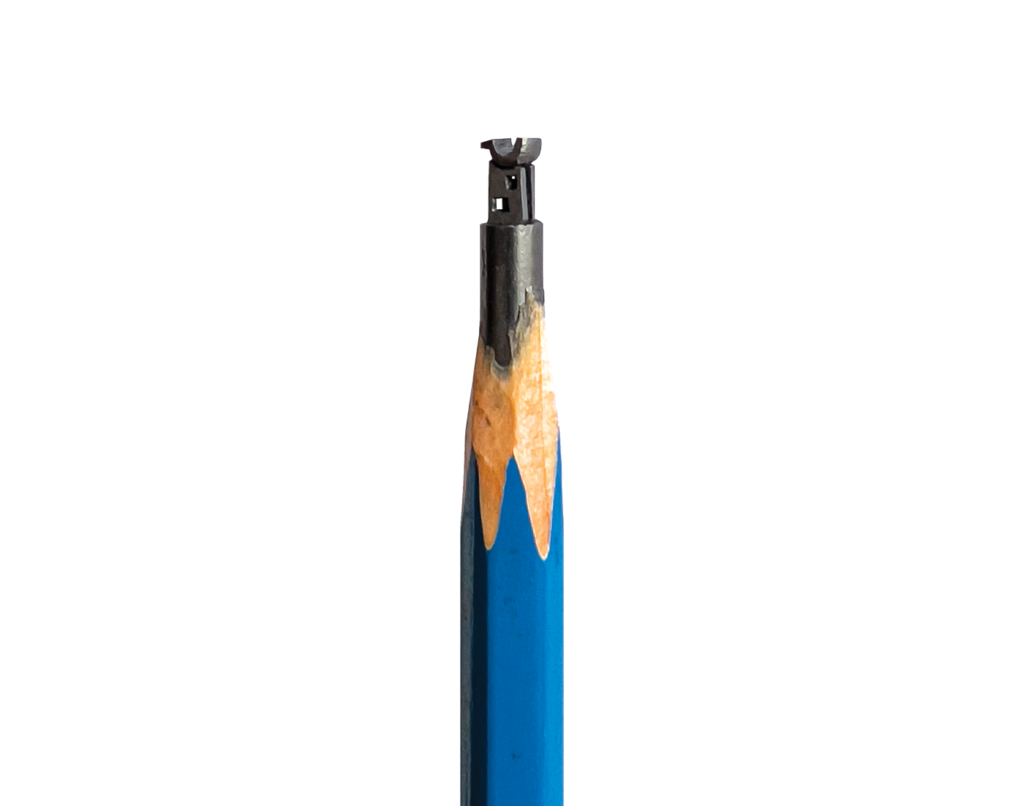
“Graphite Intricately Re-kindling the Coffee House”
Exploring the Neo-Vernacular Architecture of India through the lens of Laurie Baker’s iconic design, the Indian Coffee House in Thiruvananthapuram emerges as a pivotal architectural gem. Translating this exploration onto pencil graphite allows for an intimate understanding of its intricate details.

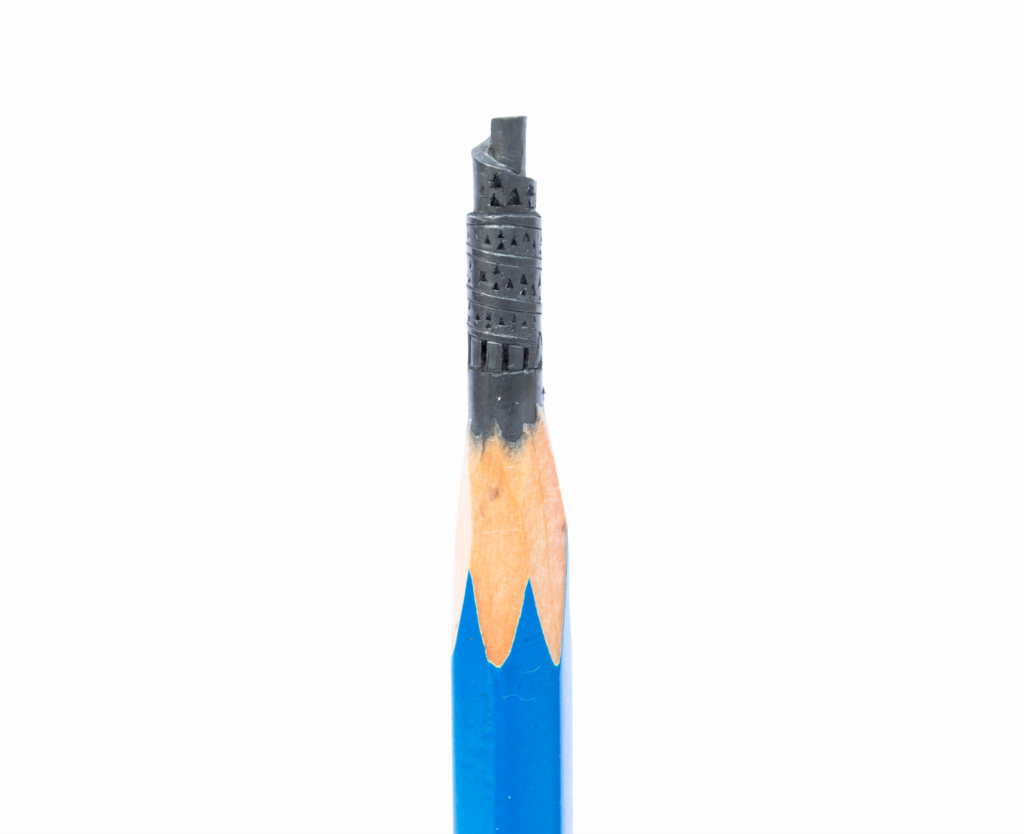
“Steps to Memory and Knowledge carved in Architect’s Favorite Tool”
Pritzker awarded architect, B.V. Doshi’s architectural journey shaped modern Indian design. The CEPT School of Architecture’s staircase showcases his departure from Le Corbusier’s influence, elevating spaces for multi-functional use. Doshi’s seven-decade career, captured in this artwork, reflects his commitment to social and environmental considerations.

